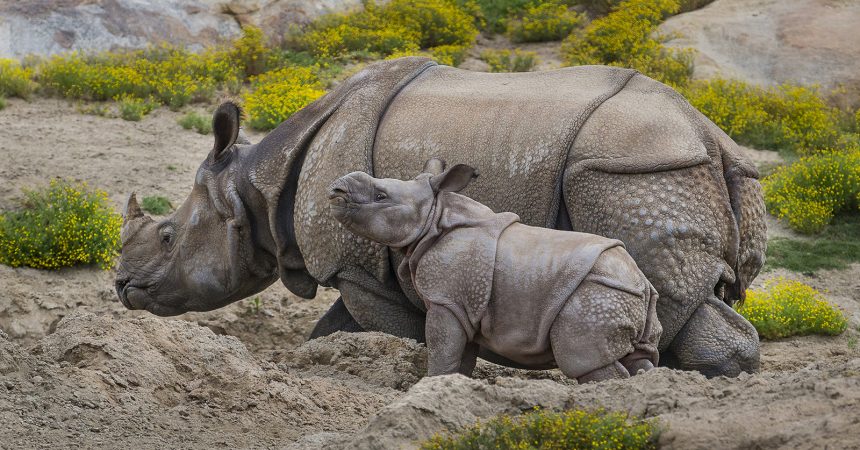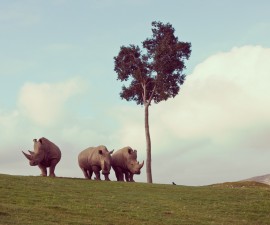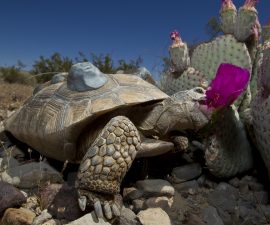Over the course of human history, nature has provided us with a number of resources to help us meet our needs. Even today, modernization has not removed our dependence upon the natural world for certain essential items. Do you eat seafood? Drink herbal teas? Have hardwood furniture in your home? If so, then you are participating in the trade in wild animals or plants.
Most trade in wildlife is legal. And, for most of us in the western world, this trade requires the transport of wildlife products from far away places to our homes, pantries and dinner tables. That sea bass or patio furniture often originates in a foreign country, and is shipped across international borders to arrive in your hands. This trade is governed by international agreements between nations, and is subject to rules, regulations and tariffs that monitor and impact the trade.
When species are rare or threatened with extinction, trade in their parts is carefully regulated by the Convention on International Trade in Endangered Species (CITES). The aim of CITES is to prevent trade in any species from posing a threat to its survival. By placing species on the CITES Appendices, trade in that animal or plant is restricted to limited quantities or places and is closely monitored. Species at high risk of extinction are labeled Appendix I, and trade in their parts is largely forbidden. Any rare or threatened animal or plant that is sold or traded without consideration of its restricted CITES status is said to be trafficked, and they are the victims of the illegal trade in wildlife.
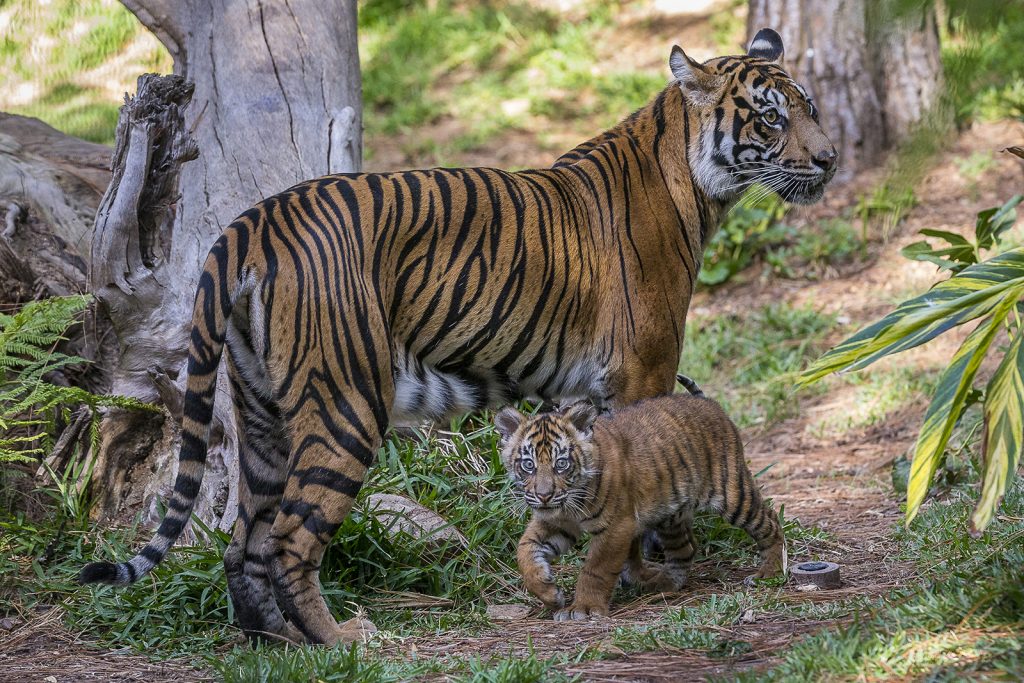
This illegal trade is one of the greatest conservation threats to species today. Amounting to more than $17 billion USD in 2013, the illegal trade in wildlife is the fourth largest criminal trafficking endeavor in the world, behind only the illicit trade in weapons and drugs. What’s more, trafficked wildlife often endures deplorable conditions in transit, frequently resulting in the premature deaths of most animals moved by unscrupulous dealers.
It may seem like an overwhelming problem, but San Diego Zoo Global would like to empower all of us to do something about it. In partnership with our friends at Taronga Zoo of Australia and TRAFFIC, the wildlife trade monitoring network, we’d like everyone in North America to know that you can lend your eyes to the wild and help officials know about incidents of illegal wildlife trade that you observe. All you have to do is download an app!
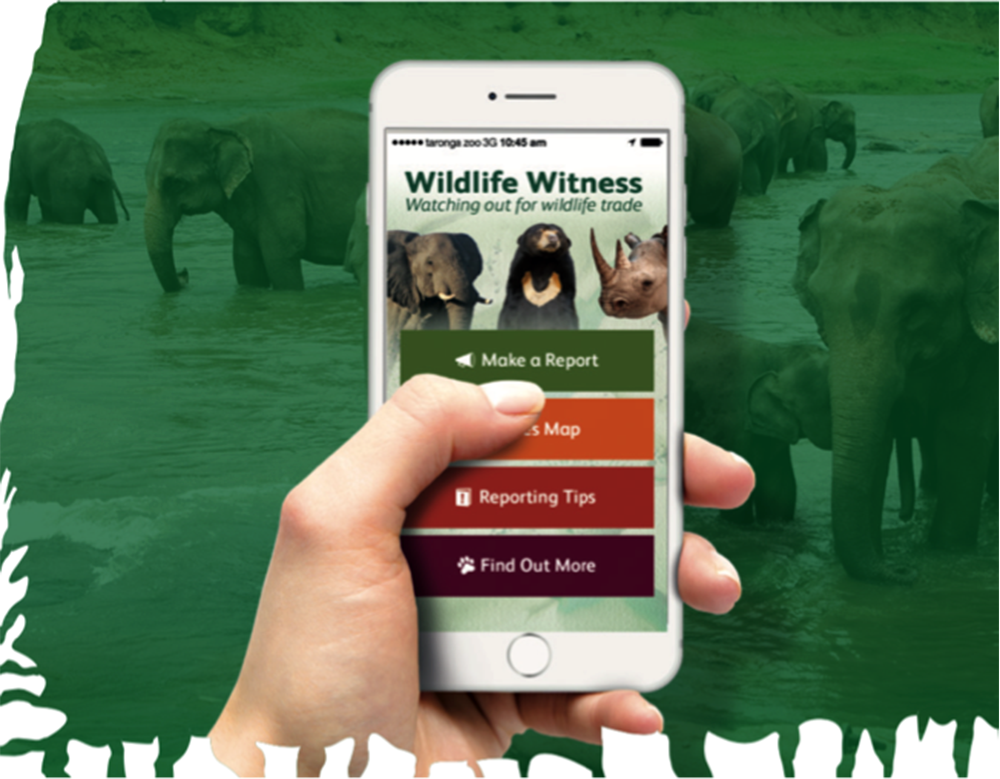
The Wildlife Witness app enables those of us who travel to South East Asia to report rare and endangered species you observe in markets, shops, or airports across the globe. The reports made through the app are transmitted to TRAFFIC, who builds reports and routes the information to the proper legal authorities capable of arresting and prosecuting those engaged in the trade. And you, the reporter, remain anonymous in the process.
The dwindling species on this planet cannot speak up against the crime of wildlife trafficking, but you can lend them your eyes—and your voice—to help put an end to this significant conservation threat. San Diego Zoo Global is proud to be a part of this effort, and we invite you to join us as we tackle wildlife trafficking, together.
Suzanne Hall is a Conservation Policy Specialist with the San Diego Zoo Institute for Conservation Research. Read her previous blog, For World Wildlife Day: Talking Trafficking.

